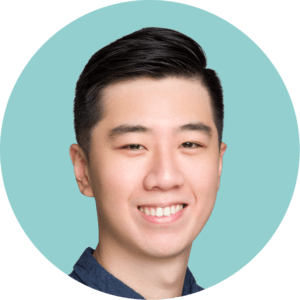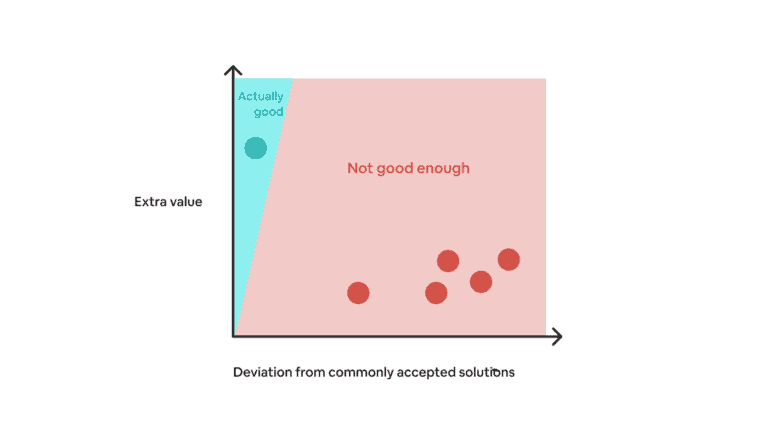Ever since I published What Product Sense Is and Isn’t, many folks have asked me how they can go about improving their product sense, and my answer has always been “use more products.”
While the advice isn’t wrong, I’ve realized that it is too vague to be actionable, especially for those who are at the very beginning of their product journey.
After digging around for some structured exercises to improve product sense, I was surprised to find none. So, I took it upon myself to put together this list.
What is product sense?
If you are not sure what product sense is, here’s a quick definition:
The ability to make good product judgments regardless of domain and amount of information given.
It’s important to point out that product sense isn’t just an eye for UI/UX design. It is also:
- User empathy
- Business acumen
- Creative problem-solving
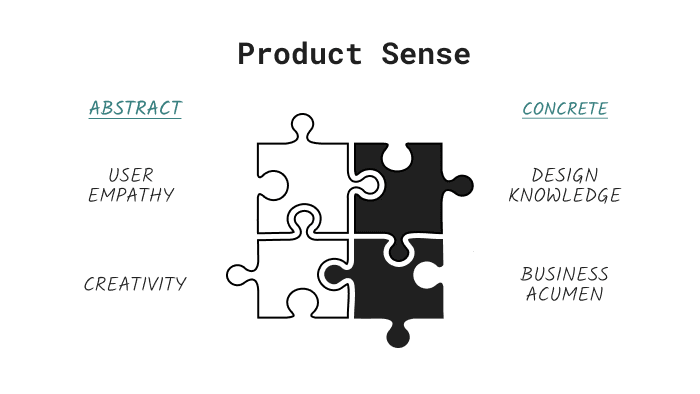
For example, when someone with a strong product sense tries out a new product for the first time, not only can they tell you how the user experience can be improved, but they can also give you some directionally correct guesses on how the product differentiates itself from alternatives, what threats it might face, and what adjacent use cases it might expand into.
You can learn more about my explanation of product sense here.
Now, without further ado, let me share some guided exercises you can follow to improve your own product sense.
Analyze products with 3W3H
Using lots of products is the best way to develop product sense, but simply going through the motions won’t be very effective. You must also analyze:
- What problem is it solving?
- Who has this problem?
- Who are they competing against?
- How are they solving this problem differently?
- How does it make money?
- How was your experience using this product?
Don’t try to answer all these questions in your head. You will need to go through its website, read online discussions, and do a lot of research to understand the market it operates in.
If you have trouble finding products to analyze, simply look at products you are already using or check out Product Hunt and TechCrunch. You can start with products that solve problems you personally understand, then slowly branch out to less familiar categories.
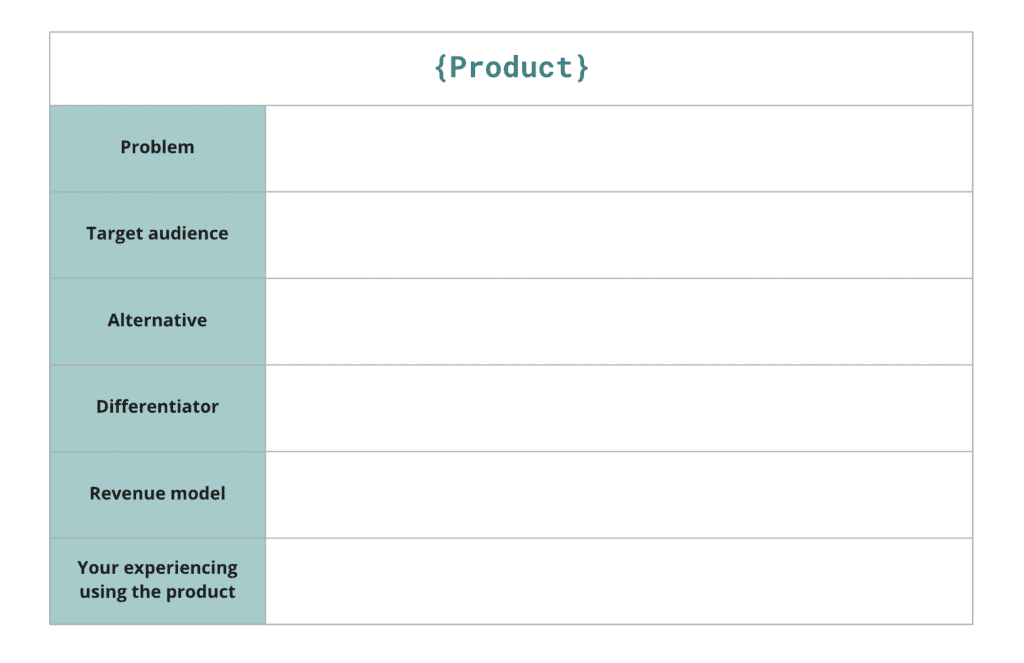
Compare products in the same category
Pick a product category, such as food delivery apps or email marketing software, try 3-5 products within this category, and then compare them side by side:
- What do they have in common?
- What are the strengths and weaknesses of each solution?
- Which one do you think is the best, and why?
- If someone prefers a different one, what could be the reasons?
If making a comparison at the product level feels too broad, you can focus on a specific feature instead. The key to this exercise is to closely observe how the same problem can be solved in different ways, so you can train yourself to recognize similar patterns as well as to distinguish patterns that only look similar on the surface.
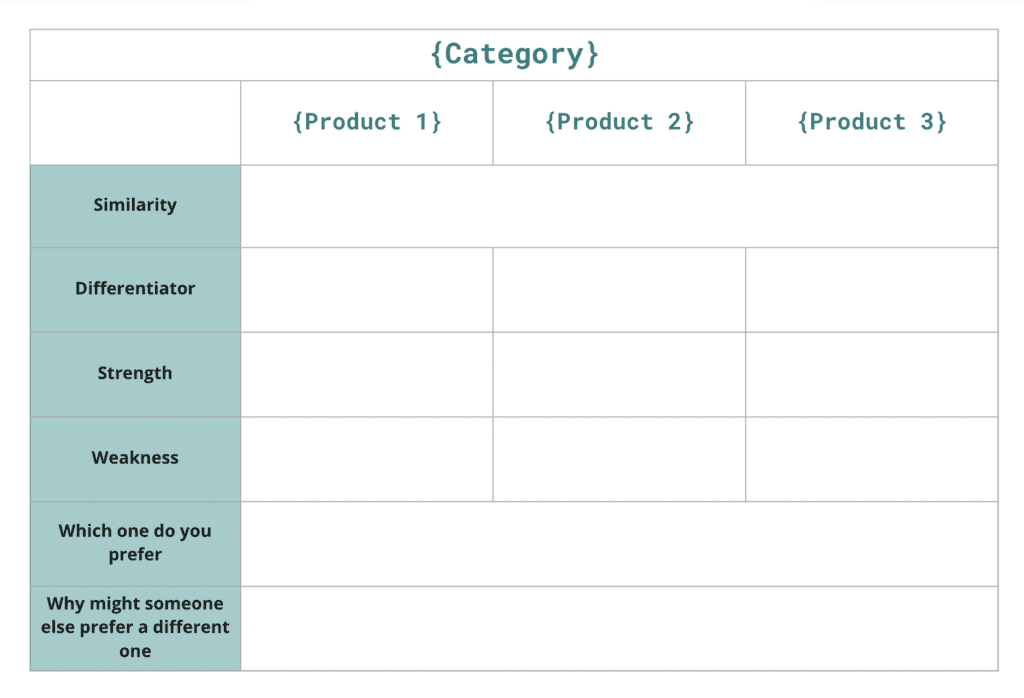
Analyze user feedback and feature suggestions
Many products have their own communities or public feature suggestion lists, such as Webflow Wishlist, r/Notion, and Mixpanel community. These are great sources of ideas you can peek into.
Pick a product you’re familiar with and go through its community:
- What are some popular feature requests?
- What are users trying to accomplish? Challenge yourself to dig deeper with 5 Whys.
- Can the goal be accomplished in a better way?
Reading raw user feedback helps you pick up nuances like their contexts, emotions, motivations, and biases, so you can train yourself to develop better user empathy.
Redesign a user experience
Think of a user experience that frustrated you:
- Why is this experience not ideal?
- How would you improve it?
- Why is your redesign better?
- Could this redesign introduce any issues, even for just a small segment of users?
- If someone were to criticize your design, what might they say?
Turn your solution into a wireframe (or high-fidelity mockup) using a design tool like Figma or Whimsical. The goal of this exercise is to sharpen your ground-level design sense, so try to limit the scope to a specific user flow (e.g. signup, data import, etc.) while respecting the boundaries that have been set up by the rest of the product.
Don’t worry if you’ve never had formal design training. You don’t need it to start practicing design. But if you really feel stuck, here are some tips:
- Search for inspiration on Dribbble or Behance.
- Reuse elements from the product you are redesigning (copy/paste from screenshots).
Design a new feature/product
Now you get to unleash your creativity to design a brand-new feature or product. Think of a product or feature that you wish existed; how would you design it?
Some key points you should start with:
- What is the use case? It can either “solve a problem” or “create a new opportunity”.
- Who cares a lot? It is definitely not “everyone”.
- Who are your competitors? Think bigger than similar products. The real competition is often the status quo.
The main focus of this exercise is at the concept level, so you don’t need to spend too much time pondering the design details. However, it might be helpful to visualize some high-level user flows.
If you need inspiration on how to approach designing a product/feature, check out these examples:
- Design new feature for WhatsApp
- Design a new feature for Google Map
- Design Facebook Movies
- Design a product for rush hour drivers
- Design a fridge for kids
NOTE: Although these videos are about PM interviews (not the focus of this guide), they do offer a glimpse into how good PMs think on the real job.
Build a side project with no-code tools
Building something with your own hands is the best way to learn the nitty-gritty of product work. You will be motivated to learn best practices for the smallest detail to make your product look good. And the best part? You are free to explore any ideas without worrying about “messing things up.”
In the past, this would require you to know how to code, but thanks to the advancement of no-code platforms, anyone can now turn ideas into reality!
Here are some tools that I recommend you start with (all of them have free plans):
- Website/Web app: Softr, Webflow, Bubble, Stacker
- Mobile app: Draftbit, Adalo, Glide
- Form/Chatbot: Typeform, Landbot, JotForm
- Database: Airtable, Xano, Backendless
- Automation: Zapier, Make, Parabola
Make sure you don’t just build things behind closed doors. Get your work out in the wild to gather feedback from real people, even if you have no intention to scale it.
Indie Hackers, Makerpad, and No Code Founders are all great communities to share your work with. People there are kind and supportive, so you won’t have to worry about getting judged!
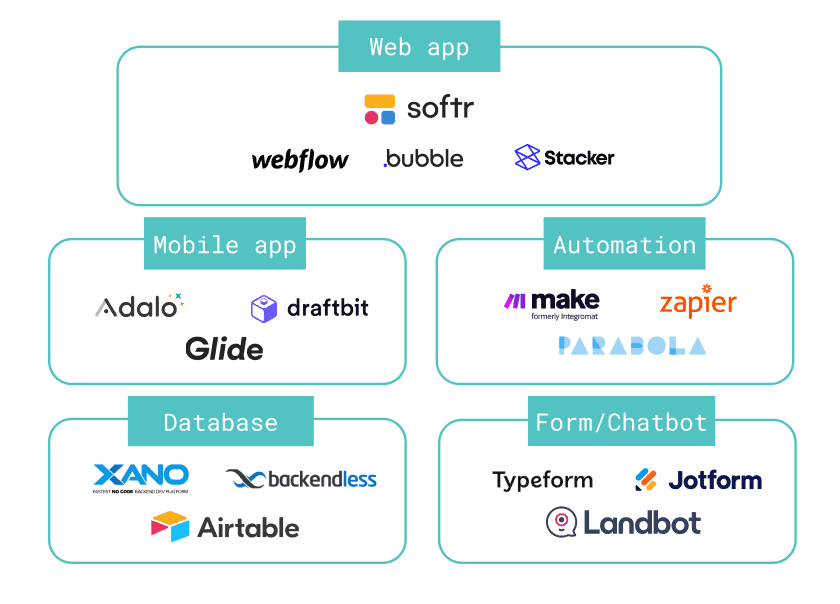
Enjoying this post so far? Subscribe for more.
Study user psychology, design principles, and business concepts
If you want to build muscles effectively, you need to have basic knowledge of human anatomy, nutrition, and physiology.
The same applies to improving product sense. If you want to understand what makes a product good, you need basic knowledge of user psychology, design principles, and business concepts.
Take some time to study them from resources like:
- List of Cognitive Biases
- Psychology of Design
- Law of UX
- Design Principles
- YC Startup Library > Growth
- Business Model Pattern List
You might be thinking, ‘Do I need to learn these theories before I do the above exercises?’
The answer is no, these are not a prerequisite to improving product sense. In fact, don’t treat them as universal facts or hard rules to follow. Their purpose is to expand the number of mental models in your arsenal, so you can decide which one(s) to apply in each unique context.
Read “how did X do Y” case studies
The product community loves sharing stories about how they tackled specific problems or achieved certain goals. These case studies offer insights into how other product people make decisions in real-life situations, so you can learn from their experiences in a contextualized manner.
Look for articles with titles like “How {product} did {something}.” For example:
- How Personalization Drives Retention and Monetization for Stitch Fix
- How Notion Built A $2B SaaS Startup Through Community & Templates
- Inside the 6 Hypotheses that Doubled Patreon’s Activation Success
- From 0 to $1B – Slack’s Founder Shares Their Epic Launch Strategy
- The Inside Story on How SurveyMonkey Cracked the International Market
However, note that these stories often leave out crucial details or attribute success to the wrong reasons. It’s important that you read them with a healthy dose of skepticism.
Keep up with trends
Product sense is not a static concept.
What’s considered a good product today might not be so in five years due to evolving user behaviors, regulations, and socio-economic factors. That’s why you must keep up with the latest trends in tech and business.
Here are some ways to do so:
- Follow news like TechCrunch, VentureBeat, and Morning Brew.
- Subscribe to newsletters like Stratechery, Not Boring, The Generalist, and Trends by the Hustle.
- Join online communities like Hacker News, Product Hunt, and Twitter (follow startup operators and VCs).
Bonus tips
Get feedback from mentors
If you can find mentors to practice these exercises with, you should definitely do it.
Having product veterans poke holes in your thinking and offer their opinions will build your product sense 3-4X faster.
You can find mentors within your company, in online communities, or through paid services (such as ADPList). However, keep in mind that not all product veterans are familiar with the methods of teaching product sense. If you feel like that is the case, you can suggest this coaching format shared by Shreyas Doshi.
Balance consuming and doing
Like any skill, improving product sense requires both consuming new knowledge and applying it in practice. The exact ratio will depend on your current level, but generally speaking, I recommend spending 30% of your time consuming and 70% doing.
Partial reps are better than no rep
Don’t feel that you need 1-2 hours of uninterrupted time to perform these exercises. Even a 10-minute coffee break is enough to get in some light reps. Once practicing your product thinking becomes second nature, you will be doing it on autopilot all the time.
Study non-digital products and services
Learn from as many types of products or services as possible. For example:
- Physical products: Backpack, toothbrush, vending machine, etc.
- Everyday services: Restaurant, post office, car rental, etc.
- Other specialized fields: Gaming (seriously, a great industry to get ideas from), government, urban planning, etc.
On the surface, they might not seem relevant to digital products, but the truth is that great innovations always draw inspiration from other disciplines. Your product sense will be stretched so much wider if you branch out.
(As a side note, I strongly recommend that you read The Design of Everyday Things.)
Try new things, meet new people, travel to new places
I know this again sounds irrelevant, but it is in fact an underrated piece of advice.
As product people, we often get trapped inside the tech bubble and our own domains. However, the users we serve come from all walks of life, and the problems we try to solve are always evolving. There is no better way to burst these bubbles than by exposing ourselves to diverse thoughts. This helps improve our empathy and creativity, both of which are essential components of product sense.
Practice, practice, practice
Great product sense isn’t built in one day – you need lots of repetitions.
But if you can spare even 15 minutes a day to practice these exercises with a genuine desire to grow, I promise that you will see progress sooner than you think.
Happy practicing!

